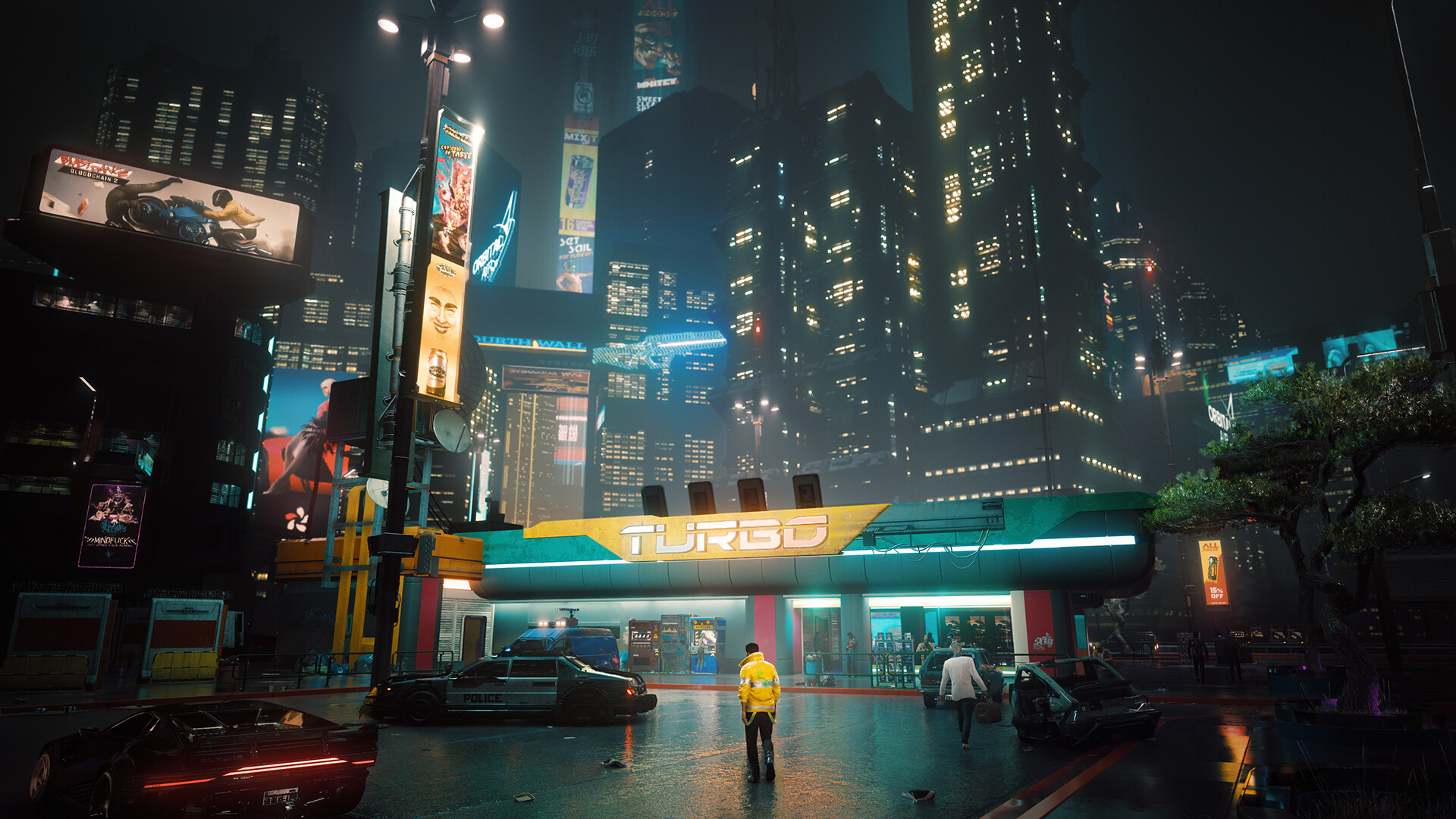The Collaboration Between Gamers and Journalists in AAA Game News
The landscape of video game journalism has undergone a profound transformation over the past decade. Gone are the days when journalists were the sole gatekeepers of information, delivering polished reviews and previews to a passive audience. Today, the relationship between gamers and journalists covering AAA titles is increasingly collaborative, dynamic, and complex. This evolution is driven by technological advancements, the rise of social media, and a shared passion for gaming that blurs the line between content creator and community. This collaboration, while not without its tensions, is reshaping how games are covered, critiqued, and ultimately experienced.

For years, traditional game journalism followed a top-down model. Major publications and journalists received early access to games, wrote reviews under strict embargoes, and published them on release day. The audience’s role was largely limited to reading these articles and perhaps writing a letter to the editor. The internet began to change this, but the real shift came with the advent of social media platforms, live-streaming, and content creation hubs like YouTube, Twitch, and Reddit. Suddenly, gamers were not just consumers of news; they were active participants in its creation and dissemination.
This participatory culture has given rise to a new form of symbiosis. Journalists now often rely on the gaming community for tips, deeper investigation, and real-time reactions. A perfect example is the coverage of games like Cyberpunk 2077 or No Man’s Sky at launch. While journalists provided their critical, often mixed reviews, it was the massive wave of player-generated content—from bug compilations and performance analyses on YouTube to endless discussion threads on forums—that painted the most comprehensive picture of the release. Journalists frequently curate and report on these community reactions, amplifying the voices of players and adding layers of context that their own reviews might have missed.
Conversely, gamers rely on professional journalists for structured analysis, access to developers, and investigative reporting that requires time and resources beyond the average player’s means. When a story about crunch culture at a major studio like Rockstar or Activision Blizzard breaks, it is often the result of months of work by journalists conducting interviews and investigating claims. The community then takes this reporting and runs with it, organizing boycotts, hashtag campaigns, and discussions that pressure companies for change. The #SayNoToCrunch movement is a powerful testament to this collaborative advocacy.
Live-streaming and content creation have become perhaps the most significant venues for this collaboration. Platforms like Twitch function as real-time focus groups. Journalists watch streams to gauge public reaction to a new game, while streamers themselves often act as de facto journalists, offering immediate, unfiltered commentary to their audiences. The line has blurred significantly; many popular streamers are now invited to the same press events as traditional journalists, and their opinions carry immense weight. This creates a feedback loop: a journalist might write a preview based on a hands-on event, a streamer will react to that article live, and their community’s response might then inform the journalist’s final review.
However, this new model is not without its challenges. The relationship can be adversarial as often as it is cooperative. The phenomenon of "review bombing"—where players coordinate to mass-downvote a game on platforms like Metacritic to protest a developer’s decision or a journalist’s review—highlights the tension. Gamers may accuse journalists of being out of touch or corrupt, while journalists might dismiss community backlash as toxic or uninformed. The intense, often vitriolic debates surrounding culture war topics in games, such as the discourse around The Last of Us Part II, demonstrate how this collaboration can break down into factionalism and mistrust.
Furthermore, the speed of modern game news can sometimes come at the expense of depth. The 24/7 news cycle, driven by the demand for instant reactions and clicks, pressures journalists to prioritize speed over nuanced analysis. In this environment, a Reddit user’s leak or a tweet from an insider can become a major story before it is properly verified. Journalists must then race to confirm or debunk these claims, often with the entire community watching and commenting on every step. This can lead to the spread of misinformation but also showcases the journalistic value of crowd-sourced verification, where the community works together to fact-check and provide evidence.
Despite these challenges, the core of this collaboration is a shared investment in the medium. Both gamers and journalists want great games to succeed and the industry to improve. This is evident in the coverage of games that receive post-launch support. Titles like Final Fantasy XIV (with its legendary revival) and Cyberpunk 2077 (with its extensive 2.0 overhaul) are chronicled through a continuous dialogue. Journalists report on the patches and updates, while players provide endless data, testimonials, and gameplay footage that prove whether the changes are effective. This long-term, cooperative post-mortem holds developers accountable and creates a living history of a game’s lifespan.
Looking ahead, the collaboration between gamers and journalists will only deepen. Emerging technologies like the metaverse and AI could create even more immersive and interactive forms of news reporting. Imagine a journalist hosting a live Q&A session inside a virtual replica of a game’s map, with avatars of players and developers discussing the title together. The future of AAA game news lies not in separate silos of professionals and players, but in a shared, dynamic space where insight is gathered, debated, and refined collectively.
In conclusion, the dynamic between gamers and journalists in the realm of AAA game news has evolved into a complex, interdependent ecosystem. It is a relationship built on mutual respect for expertise—the journalist’s skill in investigation and narrative framing, and the gamer’s unparalleled hands-on experience and passionate engagement. While conflicts are inevitable in any passionate community, this collaboration ultimately leads to a richer, more transparent, and more accountable form of games journalism. It ensures that the story of a game is not told by a single voice, but by a chorus of millions, all playing their part.
















